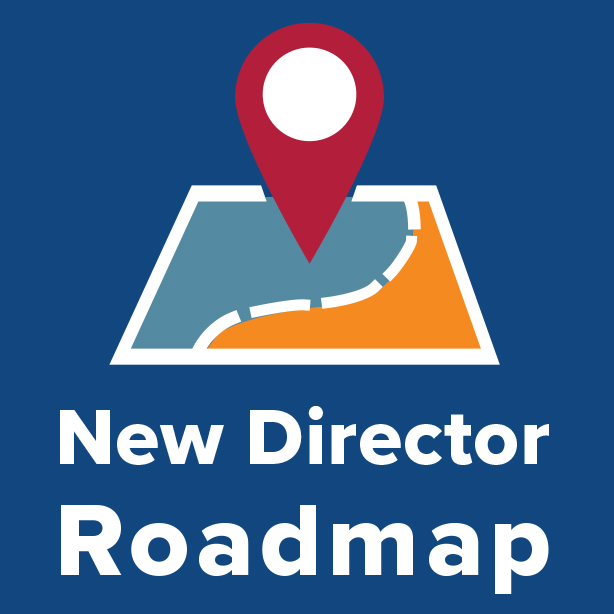Roadmap Supports Medicaid Directors in Stakeholder Engagement
NAMD roadmap helps Medicaid Directors set a course for effective stakeholder engagement.

Author
- Karen Seaver Hill
Focus Areas
Program Stream
Project
Maybe you’ve heard the expression, “if you’ve seen one Medicaid program, you’ve seen one Medicaid program.” The same can be said about Medicaid Directors. New Medicaid Directors arrive to the role via several pathways. They may rise from within state government as part of a succession plan; or they may be recruited from another part of state government of the private sector to bring a new vision. Just as they arrive from different paths, the leaders chart their own way forward to head the agency. NAMD created the New Medicaid Director Roadmap to provide coaching and insight for the first year of service for Medicaid Directors.
Who better to learn from than Medicaid Directors who have forged their own path? Informed by peer experience, the Roadmap points the Medicaid Director to seven areas of focus. The Roadmap places equal attention on internal and external drivers and influences of the Medicaid programs. Some of the internal drivers include individual leadership, organizational capacity, and program execution. An often-challenging external driver are key Medicaid program stakeholders. Because of their influence and the amount of time it takes to be a true steward of good relations, stakeholder engagement is a high priority for Medicaid Directors and can be mapped across three distinct phases.
Assess
At the outset, stakeholder relationships can be boiled down to diagnosis. The new leader takes a hard look at the relative situation in relationships. Where is there trust and high function? Where is there a frayed relationship or mismatched expectations? Ultimately the leader needs to decide where to focus their attention.
Manage and Learn
An early assessment helps form a hierarchy for the Medicaid Director. It illuminates where the leader holds vs monitors vs delegates relationship management. The leader recognizes relationships are dynamic; the hierarchy of needs changes over time and across situations. A timely example is the state legislative session, soon to hit full stride in many states. The legislative cycle is an opportunity for leaders to observe, test agency processes, and gather input for process improvement.
Engage and Redirect
A new Medicaid Director works to create shared goals and understanding between the agency and its key partners. They support flourishing, high-value stakeholder relationships that do not hinge on individuals — these can be vulnerable to staff turnover. A part of the external role of leadership is to cheerlead what government can do, most specifically what the Medicaid program can do for the people it serves.
Further into their tenure, the leader’s relationship to external stakeholders is increasingly nuanced.
- Not all stakeholders can receive urgent attention, and those who do cannot receive urgent attention all the time.
- The Medicaid agency should be a trusted, bi-partisan source of state and national Medicaid expertise, committed to continuous education with lawmakers, staff and committees of jurisdiction.
- Increasingly intersectional drivers of health merit new, evolving, and authentic member engagement. Co-creation elevates typical collaboration and eclipses old notions of coordinating with partners.
NAMD is the first home and peer community for a newly appointed Medicaid Director. Resources such as the New Medicaid Director Roadmap capitalize on common experience to shorten the leader’s on-ramp. For more insight from and about Medicaid leadership, tune in to the Medicaid Leadership Exchange podcast series.
Related resources
Q&A with Gary Smith: Leading Medicaid in the U.S. Virgin Islands
Medicaid Leader’s Playbook for Building Public Health Partnerships
Stay Informed
Drop us your email and we’ll keep you up-to-date on Medicaid issues.